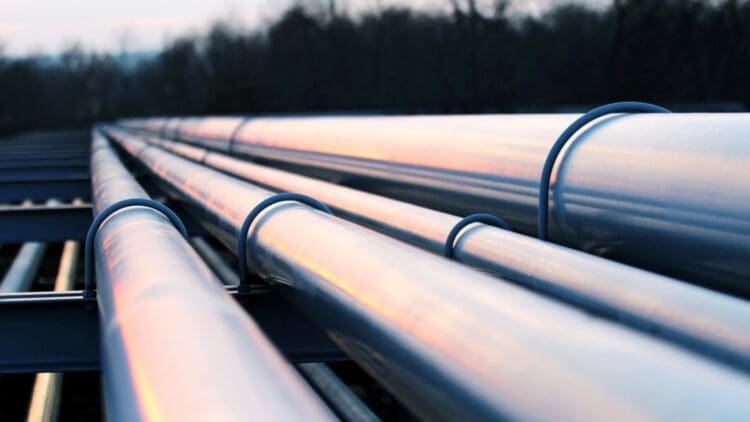The world has been attempting to foster cooperation in the energy sector, and the United States has one of the largest energy industries on Earth. US President Donald Trump recently visited several Asian nations, including Japan, on a tour of the region, stopping off in China for a high-level tariff meeting with President XI, before heading off to several other nations, where he was praised and given the kind of adoration that he so obviously craves. In his trip to Japan, the Japanese government agreed to invest up to $550 billion in the US’s energy and LNG infrastructure.
The US and Japan have agreed on a framework for the astonishing investments in US energy
During his visit with Japan’s new and first-ever female Prime Minister, Sanae Takaichi, Trump and the Japanese PM put pen to paper on a comprehensive trade and investment agreement that aims to implement previous commitments made by Japan, as well as Japan’s pledged $550 billion investment in US sectors that will boost the US energy market to new levels under the directive of Trump.
The new agreement was signed in a ceremony that builds on previous trade and tariff agreements made in July of this year. The eye-watering $550 billion investment framework covers a wide range of US energy sectors, including but not limited to:
- Energy infrastructure and production capacity
- LNG production in the US
- advanced fuels like biofuels
- grid modernization
- critical minerals mining
- processing and refining in the upstream and midstream sectors
“The two leaders noted with satisfaction swift and continued efforts by both countries, and confirmed their strong commitment to implementing this GREAT DEAL. The Agreement will help both countries to strengthen economic security, promote economic growth, and thereby continuously lead to global prosperity.” – joint statement by the US and Japan
Japan’s commitment to invest in the US energy sector has set the tone for the market
US Secretary of Commerce Howard Lutnick, who heads up the “investment committee” responsible for selecting eligible projects, has noted that 10 to 12 Japanese companies have expressed interest in entering the US energy sector through the established investment framework.
Some of the projects and companies identified as part of the substantial investment framework are:
- Westinghouse – A leader in the nuclear sector, the company has planned the construction of AP1000 nuclear reactors and small modular reactors alongside Mitsubishi Heavy Industries, Toshiba Group, and IHI.
- Bechtel – the company has noted its plans to provide project management, engineering, procurement, and construction services for large-scale energy projects such as power plants, substations, and transmission systems.
- Kinder Morgan – the energy firm will provide natural gas transmission alongside several Japanese energy companies. Kinder Morgan has the added benefit of working on a refined products pipeline in the US state of Texas.
Trump has been on a roll as of late, boasting at the meeting between himself and Japan’s new Prime Minister about his administration’s regulatory cuts and rapid project approvals in recent months as the US aims to increase energy production, an idea that Trump ran on for his second term in office.
Trump’s evident disdain for the renewable energy sector has set the standard for new oil and gas investments
The agreed-upon investment framework between the United States and Japan comes as Trump has been rolling back permits and even forcing the closure of several renewable energy projects in the US, essentially paralyzing the renewable energy sector. Trump said on his first day in office for his second term that his administration would “drill, baby drill”. That much he has lived up to as the US aims to boost the production of the oil and gas sector, despite overwhelming calls by the international community to diversify the US energy portfolio.





